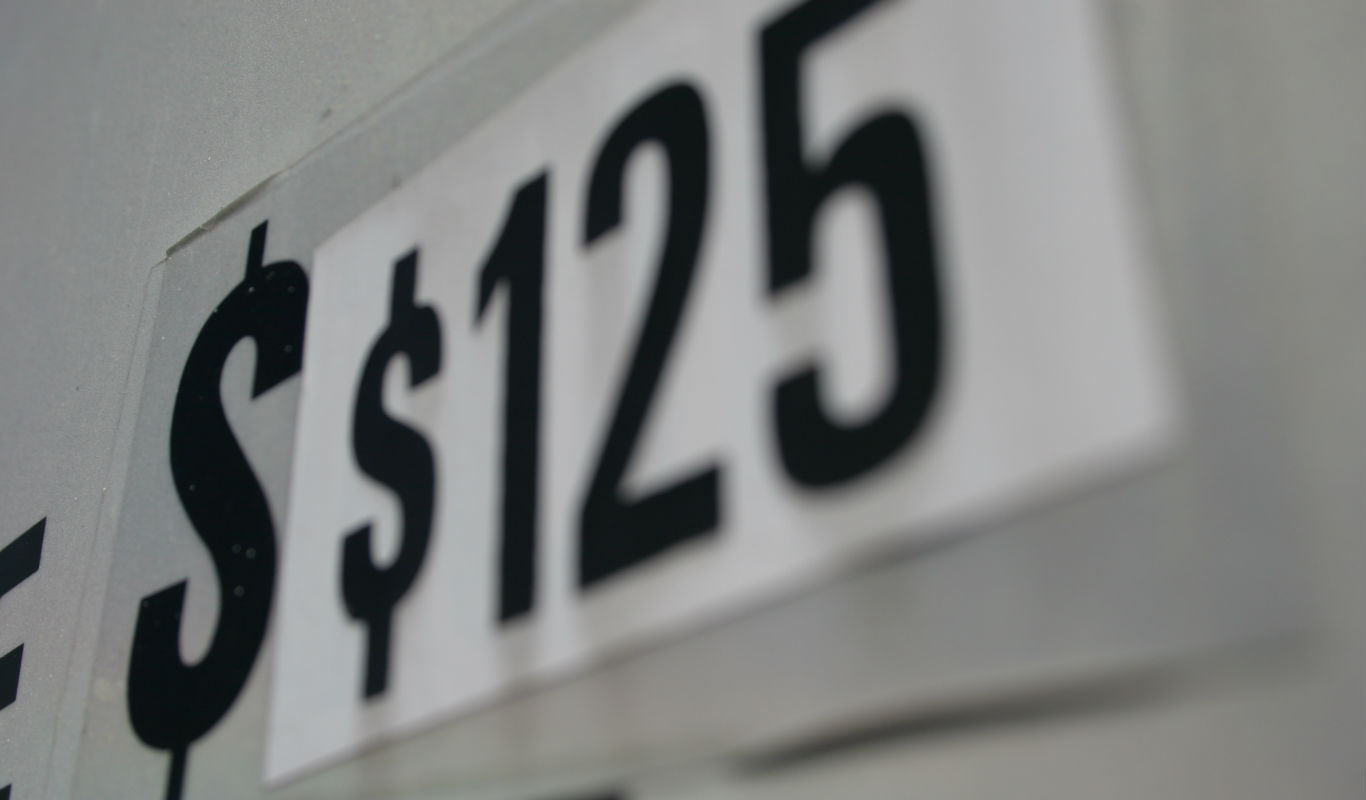Every store owner can see that prices are very dynamic. One day they rise high then drop, only to soar up the next day. In a game retail business, the success of your store relies on the right pricing strategy. One might wonder then what factors wholesalers take into account when setting their prices. And, finally, why are some games cheaper in retail than in wholesale?
Shady businesses
Some auction sites offer games at significantly lower prices than wholesalers. Generally, games at rock-bottom prices are often offered by private sellers who can’t ensure constant delivery of game keys. Codes acquired in this way, for example, Steam gifts or regionally restricted Russian versions of games (to be activated via VPN) not only fail to ensure a stable stream of money but they also diminish your credibility on the market. Every time you obtain game codes this way, your business becomes vulnerable to scammers. Even worse, you lose time searching through dozens of suppliers with a dubious reputation.
Quality over price
You want your game retail business to be associated with security. And your customers expect fully working keys. What’s more, they will appreciate instant delivery more than a tiny price tag.
Wide range of games in stock
What else affects customer choice? A wide range of titles and their availability play a role. Always supply with wholesalers who ensure a broad offering, safe stock counts, discounts, and credits.
Let’s discuss each of the factors game retailers take into account in their pricing policy.
Supplier price
First and foremost, the benchmark against which retailers determine their prices is the buying price. Often the price is negotiable and depends on the order quantity. If you want to make money on games, you should arrive at a 50% markup that will add to the supplier price.
Publishers’ strategy
Publishers policy is crucial in contributing to a game’s price. When the price of a title decreases, publishers usually hold up their supplies. As the stock is hardly available, prices go up. In the end, customers are ready to pay a higher price for a game and publishers will meet the growing demand.
Watch the market
As in life, the only certain thing in life is change, so is with the game market. When the price decreases, retailers should shift their prices accordingly to stay competitive. Plus, it may be useful to find out how much customers are ready to pay and how much your competitors charge.
Plan your stock
It is a good idea to stock up on titles whose price remains low. To prevent stock-outs, build a supply of games while the price is still affordable. Another thing is that selling out your stock entirely never pays off, especially when the demand is high.
Availability vs. price
Whether a game is available depends both on publishers and customers. When publishers put limits on the stock, prices tend to go up. From the moment a new game is released, prices become fixed and go down over time. Sometimes customers are partly to be blamed for out-of-stocks, especially if a much-anticipated title is coming out.
Keep an eye on the market
It takes a well-planned strategy to set a price of a game. Before you do it, take your time to monitor the market landscape, economic trends, and competitors’ prices. Find out which games are in demand and adjust your prices accordingly.
If you are struggling with game pricing, you can always try out the CodesWholesale API. Our algorithms help you to stay competitive by offering games at the best price. Best of all, the API technology allows you to import thousands of digital games into your store with your profit margin on top.
About the author

- Adam
- Digital wholesale expert, entrepreneur, investor and business growth fanatic. Privately a father of three and a happy traveler.
Latest entries
 Tutorial2016.06.06How to start selling game keys on CodesWholesale.com
Tutorial2016.06.06How to start selling game keys on CodesWholesale.com Article2015.07.204 advantages of white label
Article2015.07.204 advantages of white label Event2015.07.17Gamescom
Event2015.07.17Gamescom Article2015.07.07How retailers set their prices
Article2015.07.07How retailers set their prices


